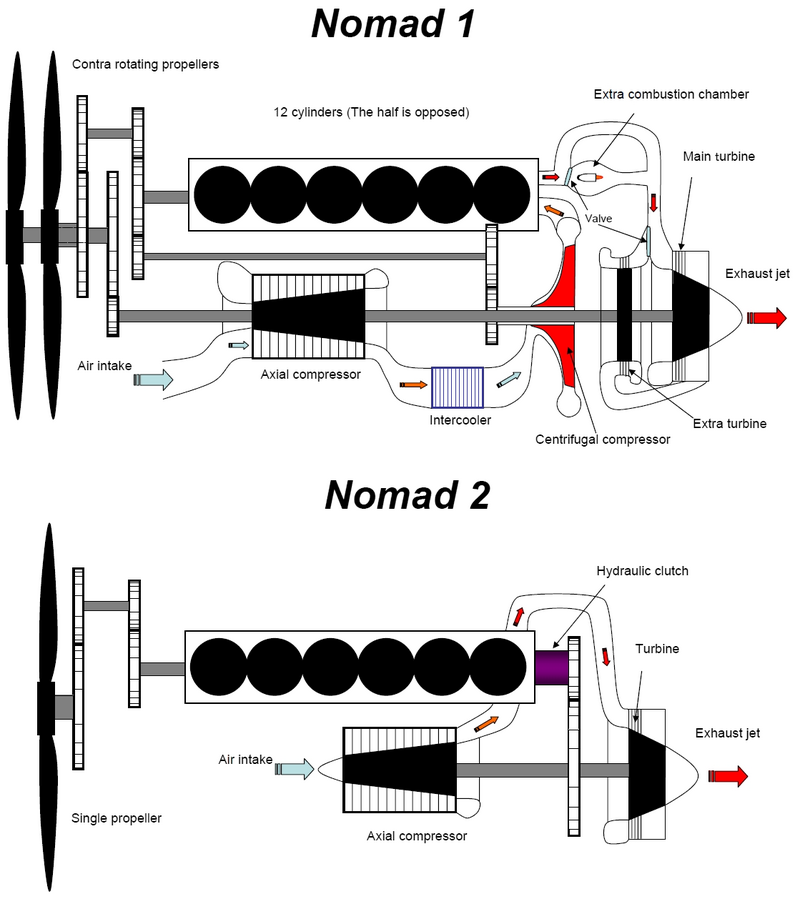PaulS
Touchdown! Greaser!
I'm willing to bet the older engines using superchargers versus turbo chargers may have been a materials issue as in the metals needed to survive the exhaust temps that those engines produced may not have been available or reliable for the application years ago.I never said they were the most efficient.
But as someone who flies behind two supercharged engines, I'm genuinely curious about what is so horrible about them?
Can you weed out the emotion to explain why these engines are so insanely designed? I'm honestly attempting to understand how they were designed so incorrectly. The engines in use today seem to put in plenty of hours before overhaul and don't seem to be blowing up. My only real complaint about them is the fuel burn.
Why those engines are no longer produced has nothing to do with the supercharger va turbo argument. Keep in mind, those large supercharged engines were superseded by turbines. They were never replaced by flat engines with turbos.
I think superchargers are great designs, the only qualm I have is that I think they use more fuel for a given output versus a turbo charger. Applying a supercharger instead of a turbo charger as an after market option is probably a less expensive and less disruptive process to the original design of an aircraft.

